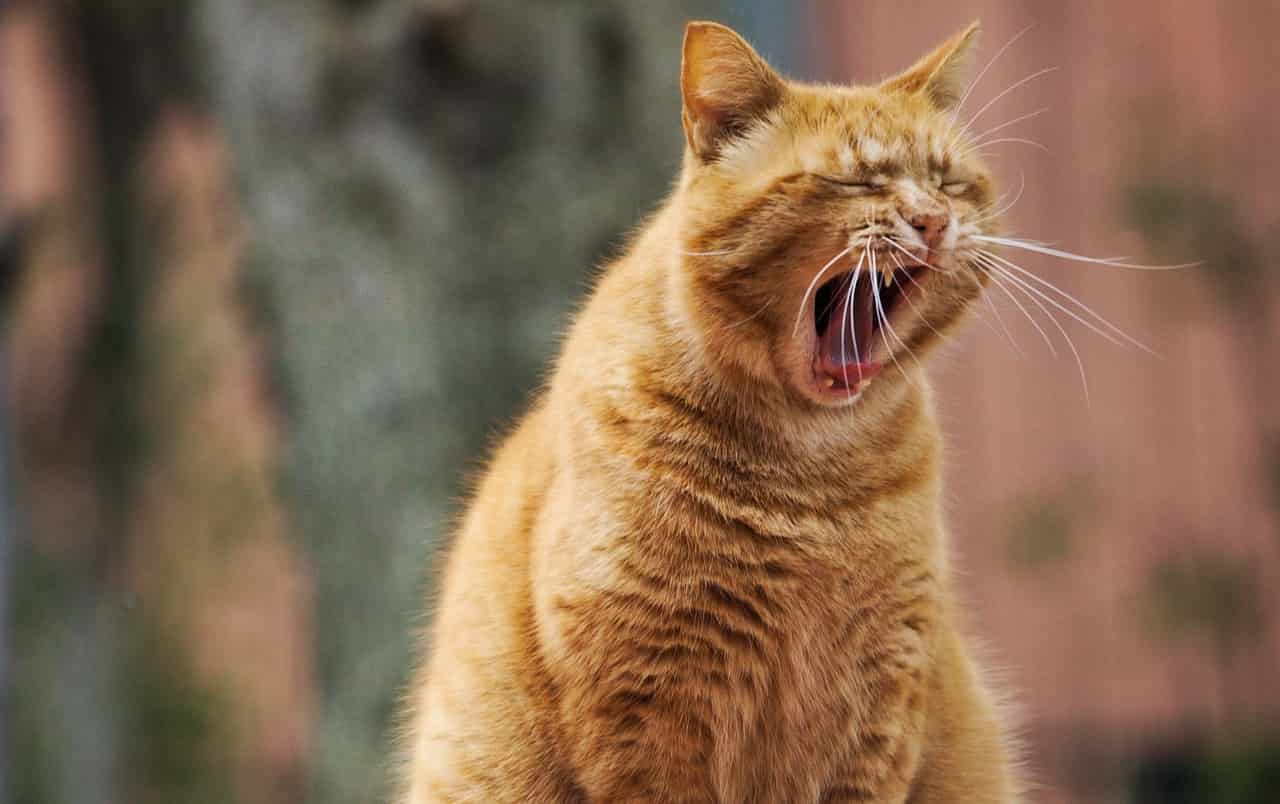Brushing your cat’s teeth regularly is the best way to clean them. Since this is not always possible, cat dental treats, special foods, chew toys, and other solutions can help.
It is essential to maintain your cat’s dental health. Think of his oral health as the gateway to his overall body health. Dental problems can be painful and lead to other diseases if left untreated.
That’s why it’s essential to establish a dental routine early and stick to it. Your cat may not like it at first, but with lots of practice and positive reinforcement, he will learn to accept it. Plus, it’s another opportunity to bond with your cat.
How to clean your cat’s teeth
The best way to clean your cat’s teeth is to brush them. Ask your veterinarian to show you how to do this and to recommend brushes and toothpaste for cats.
How do you brush a cat’s teeth?
Once you have a cat toothbrush and toothpaste, it’s time to get your cat used to the idea. Pick a time you can stick to every day, so it becomes a natural part of your daily routine. It’s best to choose a time when you’re relaxed and comfortable.
Start by putting some cat toothpaste on your finger and offering to lick it off. Please do this for a few days to get him used to the taste and texture.
Once he’s had a few days to try the toothpaste, it’s time to introduce him to the brush.
Keep your cat’s back to you when you start, as he will try to move away.
Gently remove your cat’s lips and touch his teeth with the brush. Then stop and offer a reward. Repeat this for several days until your cat is comfortable.
Once your cat is comfortable, you can begin brushing. Apply the bristles to the teeth and try to touch the surface of the teeth to just below the gum line without brushing the gums directly.
Remember to keep brushing sessions short and positive, with breaks and rewards.
Alternatives and supplements to brushing your cat’s teeth.
Although brushing is the ideal way to care for your cat’s teeth, there are things you can do instead of or in addition to brushing. Your veterinarian can help you decide which options are best for your cat. These options include:
Cat dental treats help remove plaque and freshen your breath.
Chew toys
Oral gel
Most veterinarians also offer teeth cleaning services. It’s a good idea to schedule a cleaning and checkup before starting a new dental care routine to ensure your cat is not suffering from gingivitis or gum disease.
Since more than half of the tooth is below the gum line, veterinarians anesthetize animals for dental cleanings. Groomers and others who provide dental cleanings do not use anesthesia and, therefore, cannot perform a thorough cleaning.
Importance of dental health in cats
Cats’ teeth are not much different from ours. Like ours, their teeth accumulate plaque that, if not removed, can turn into tartar. Over time, this can lead to gingivitis, periodontal (gum) disease, and even tooth loss.
Poor dental health in cats can also lead to heart, kidney, and other problems, as their oral and general health, are closely related.
The following symptoms can be a sign of dental disease:
Bad breath
Red, swollen gums
Yellow or brown tartar on the teeth
Gout
Chewing on one side of the mouth
Decreased appetite and weight loss.
All of these symptoms warrant a visit to the veterinarian. They will thoroughly examine if dental disease is the cause and may recommend adjustments to your cat’s dental routine to improve its oral health.
Unfortunately, even with diligent brushing and dental care, approximately 20-60% of cats suffer from dental resorption. This is a condition in which the dentin erodes and can result in the loss of one or more teeth. Researchers do not yet fully understand the cause but talk to your veterinarian about any concerns you have about your cat’s dental health.










